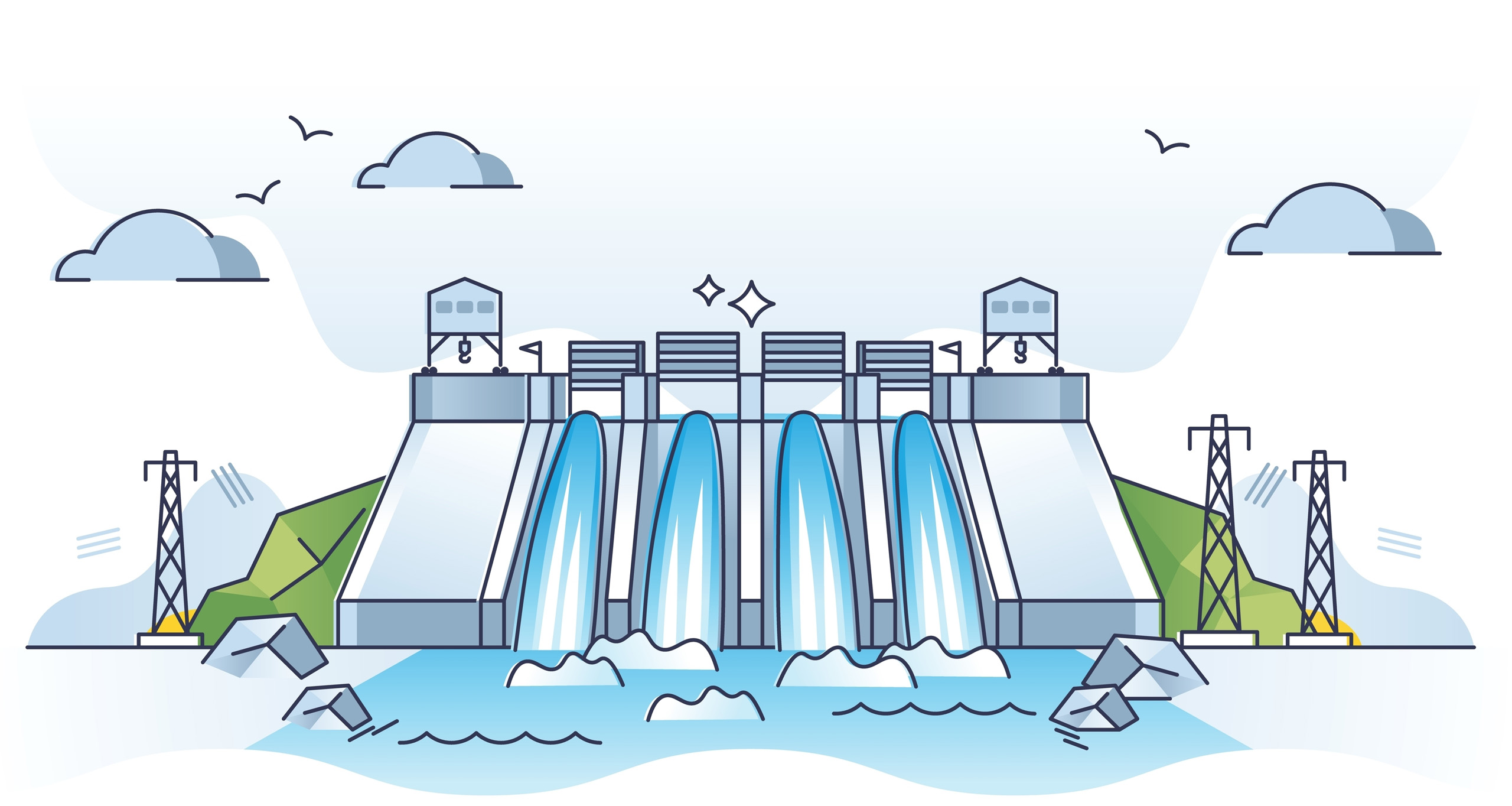Profile of the Instructor

Dr. Swarnkar earned his B.Tech in Civil Engineering from Uttar Pradesh Technical University (2012), M.Tech in Civil Engineering from IIT Kanpur (2014), and Ph.D. in Earth Sciences from IIT Kanpur (2020), where he researched “Sediment Dynamics of the Ganga River Basin.” After his Ph.D., he served as a National Postdoctoral Fellow at IISc Bangalore. In 2022, he joined IISER Bhopal as an Assistant Professor. His research focuses on human-climate-water interactions in Indian river basins, and he has secured two external projects. He also organized a highly competitive SERB Karyashala workshop.
Day 1 : Module Details
Module 1 : Introduction to Hydroclimatic Extremes and R Programming Basics
Concepts Covered:
Overview of Hydroclimatic Extremes:
- Introduction to extreme hydroclimatic events (floods, droughts, heavy rainfall).
- Importance of studying extremes in the context of climate change and water resource management.
- Common data sources for hydroclimatic extremes (e.g., precipitation, streamflow).
Introduction to R for Data Analysis:
- Basics of R programming.
- Overview of libraries for data analysis and visualization (tidyverse, ggplot2, etc.)
Learning Outcomes:
Basic Data Manipulation and Visualization
Module 2 : Extreme Value Analysis (EVA) for Hydroclimatic Events
Concepts Covered:
Introduction to Extreme Value Analysis (EVA):
- Basics of EVA and its applications in hydrology (flood frequency analysis, extreme rainfall events).
- Block maxima and peak-over-threshold (POT) methods for EVA.
- Overview of the Generalized Extreme Value (GEV) distribution and Generalized Pareto Distribution (GPD).
R Packages for EVA:
- Introduction to relevant R packages (e.g., extRemes, evd, ismev).
Learning Outcomes:
Performing Extreme Value Analysis in R
Task:
Apply EVA to a precipitation dataset and estimate the return period for an extreme rainfall event using R.
Day 2 : Module Details
Module 1 : Visualization and Interpretation of Hydroclimatic Extremes
Concepts Covered:
Advanced Data Visualization Techniques:
- Visualizing spatial and temporal trends in hydroclimatic extremes.
- Mapping extreme events using R (ggplot2, spatial data).
- Time series analysis and visualization for extreme events.
Interpreting Results from Extreme Value Models:
How to interpret return levels, confidence intervals, and model diagnostics.
Learning Outcomes:
Visualization of Extreme Events
Task: Visualize a time series of extreme rainfall and map the spatial distribution of a flood event in a selected region.
Module 2 : Predicting Hydroclimatic Extremes Using Statistical Models
Concepts Covered:
Statistical Models for Predicting Hydroclimatic Extremes:
- Introduction to predictive modeling using regression and machine learning approaches.
- Applying generalized linear models (GLMs) and generalized additive models (GAMs) to extreme event prediction.
Evaluating Model Performance:
Model evaluation metrics (RMSE, AIC, BIC, etc.).
Learning Outcomes:
Building Predictive Models in R
Case Studies :
Predicting future extremes based on historical data and climate projections.
 Dr. Swarnkar earned his B.Tech in Civil Engineering from Uttar Pradesh Technical University (2012), M.Tech in Civil Engineering from IIT Kanpur (2014), and Ph.D. in Earth Sciences from IIT Kanpur (2020), where he researched “Sediment Dynamics of the Ganga River Basin.” After his Ph.D., he served as a National Postdoctoral Fellow at IISc Bangalore. In 2022, he joined IISER Bhopal as an Assistant Professor. His research focuses on human-climate-water interactions in Indian river basins, and he has secured two external projects. He also organized a highly competitive SERB Karyashala workshop.
Dr. Swarnkar earned his B.Tech in Civil Engineering from Uttar Pradesh Technical University (2012), M.Tech in Civil Engineering from IIT Kanpur (2014), and Ph.D. in Earth Sciences from IIT Kanpur (2020), where he researched “Sediment Dynamics of the Ganga River Basin.” After his Ph.D., he served as a National Postdoctoral Fellow at IISc Bangalore. In 2022, he joined IISER Bhopal as an Assistant Professor. His research focuses on human-climate-water interactions in Indian river basins, and he has secured two external projects. He also organized a highly competitive SERB Karyashala workshop. 

Reviews
There are no reviews yet.